Part 2 of 3 Parts (Please read Part 1 first)
Utilizing high temperature superconduction, the ES magnets are more powerful than the copper ones used in older tokamaks. According to MIT scientists researching the same technology, they permit smaller tokamaks that can generate as much fusion energy as larger ones, and they can better confine plasma.
The company is planning to build a second-generation tokamak to prove its methods are commercially viable by 2027. It expects a third-generation device that can feed power to the grid before 2035.
Andrew Holland is the CEO of the Washington, D.C.-based Fusion Industry Association. He said that in contrast, the tokamaks in the U.S. are aging. As a result, the U.S. researchers have to rely on allies’ machines in Japan, Europe and the UK to further its research.
Holland discussed a new five hundred and seventy million dollars fusion research park in eastern China under construction, called CRAFT, on track to be completed next year.
Holland continued, “We don’t have anything like that. The Princeton Plasma Physics Laboratory has been upgrading its tokamak for ten years now. The other operating tokamak in the U.S., the DIII-D, is a thirty-year-old machine. There are no modern fusion facilities at American national labs.”
There is a growing unease in the U.S. nuclear industry that China is beating America at its own game. Some of the next-generation tokamaks China has built, or plans to, are essentially “copies” of U.S. designs. They use components that resemble those made in the U.S.
Holland said that China’s state-funded BEST tokamak, which is expected to be completed in 2027, is a copy of one designed by Commonwealth Fusion Systems, a company in Massachusetts working with MIT. The two designs incorporate the same kind of advanced magnets ES is using. Another machine being built by a private Chinese company appears to be very similar to one designed by the U.S. company Helion. He added that there is “a long history” of China copying American tech.
Holland continued that “They’re fast followers and then take the lead by dominating the supply chain.” Using solar panel technology as an example he added that “We’re aware of this and want to make sure that’s not the way it goes forward.”
The China’s National Energy Administration was asked whether state-funded fusion research had copied or been inspired by U.S. designs. They have not replied to yet to the inquiry.
Nuclear fusion is a highly complex process that involves forcing together two nuclei that would normally repel each other. One way to do that is to increase temperatures in a tokamak to the tune of one hundred and fifty million degrees Celsius. That is ten times the temperature of the sun’s core. When they bind, the nuclei release a huge amount of energy as heat, which can then be used to turn steam turbines and generate power.
The U.S. has been a fusion leader for decades. It was the first nation to apply fusion energy in the real world — in a hydrogen bomb.
Please read Part 3 next
Blog
-
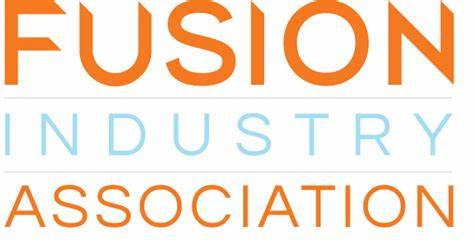
Nuclear Fusion 81 – China May Soon Surpass The U.S. In Funding Fusion Research – Part 2 of 3 Parts
-
Nuclear News Roundup Sep 24, 2024
Corrosion Exceeds Estimates at Michigan Nuclear Plant US Wants to Restart money.usnews.com
Israel will conceivably target Iran’s nuclear facilities cnn.com
Argentina and El Salvador sign MoU on nuclear energy world-nuclear-news.org
Israel said mulling attacks on Iran oil rigs, nuclear sites in response to missile attack timesofisrael.com
-
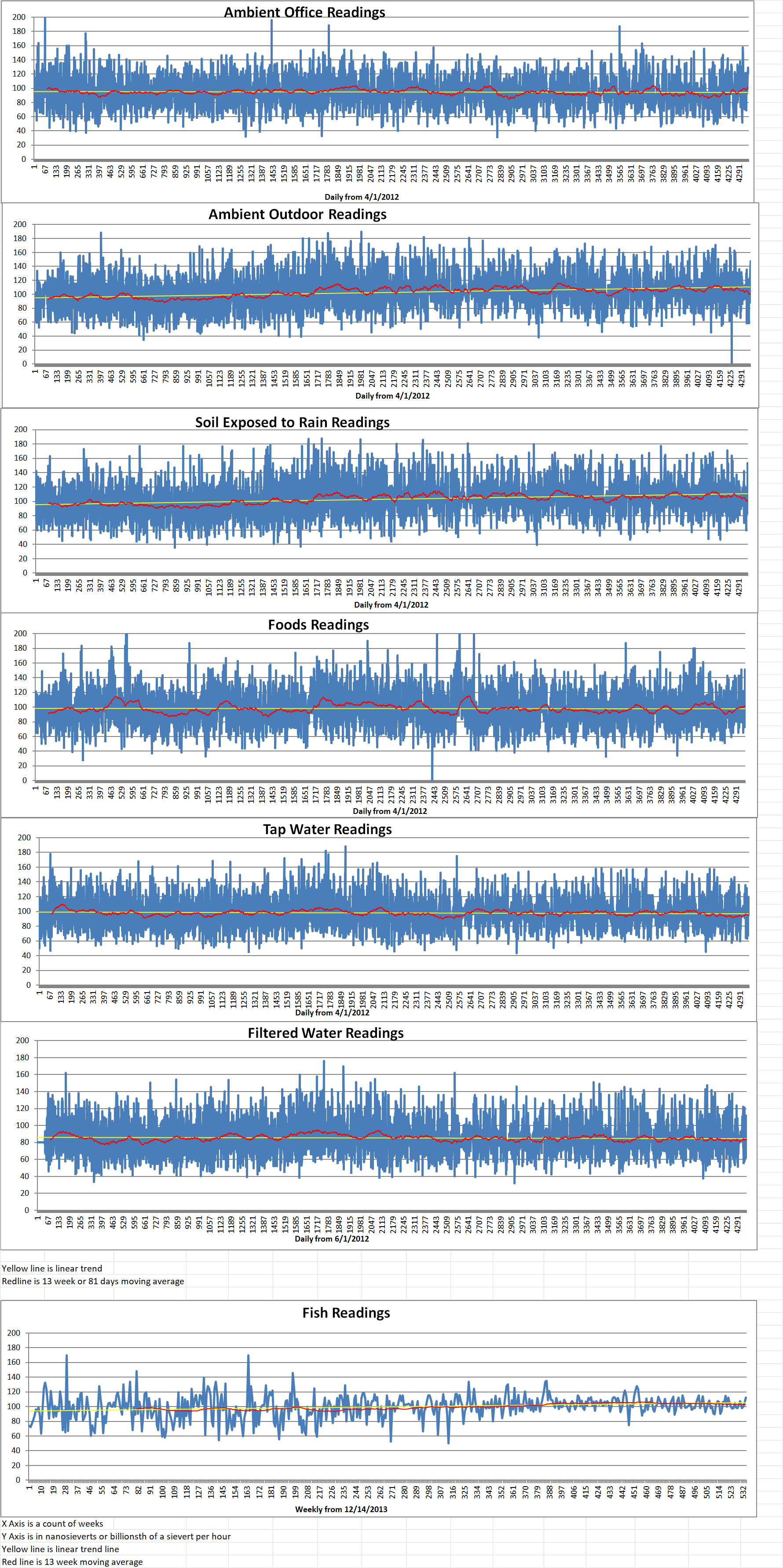
Geiger Readings for Sep 24, 2024
Ambient office = 115 nanosieverts per hour
Ambient outside = 99 nanosieverts per hour
Soil exposed to rain water = 96 nanosieverts per hour
Blueberry from Central Market = 97 nanosieverts per hour
Tap water = 113 nanosieverts per hour
Filter water = 100 nanosieverts per hour
-
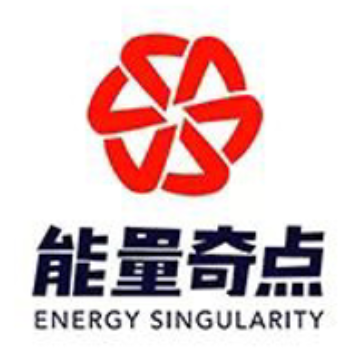
Nuclear Fusion 80 – China May Soon Surpass The U.S. In Funding Fusion Research – Part 1 of 3 Parts
Part 1 of 3 Parts
The bustling city of Shanghai marks national celebrations with world-famous light shows, illuminating its skyscrapers with dazzling colors, like beacons of Chinese innovation.
It is here that scientists and engineers work tirelessly to pursue the next big thing in global tech, from 6G internet and advanced AI to next-generation robotics. It is also here, on an unassuming downtown street, a new small start-up called Energy Singularity (ES) is working on something extraordinary. ES has entered the hot field of nuclear fusion energy research.
U.S. companies and industry experts are concerned that America is losing its decades-long lead in the race to master this near-limitless form of clean energy. New fusion companies sprout across China, and Beijing outspends D.C.
Nuclear fusion is the process that powers the sun and other stars. It is extremely difficult to replicate on Earth. Many countries have achieved fusion reactions. However, sustaining them for long enough to use in the real world remains elusive. Mastering nuclear fusion is an enticing prospect that promises wealth and global influence to whichever nation tames it first.
The most important aspect of fusion energy is its sheer efficiency. A controlled fusion reaction releases around four million times more energy than burning coal, oil or gas. It is also four times more efficient than nuclear fission, the kind of nuclear energy used today. It won’t be developed in time to fight climate change in this crucial decade. However, it could be the solution to future warming.
Jean Paul Allain leads the U.S. Energy Department’s Office of Fusion Energy Sciences. He said that the Chinese government is pouring money into the venture, putting one billion to one and a half billion dollars annually into fusion. In comparison, the Biden administration has funded fusion research with around eight hundred million dollars a year. Allain added, “To me, what’s more important than the number, it’s actually how fast they’re doing this”.
Private companies in both countries are optimistic, saying they can get fusion power on the grid by the mid-2030s. However, enormous technical challenges still remain.
The U.S. was among the world’s first country to move on fusion research in earnest since the early 1950s. China’s entry into fusion research came later that decade. More recently, the pace of fusion research has accelerated. Since 2015, China’s fusion patents have surged, Now it has more patents than any other country, according to industry data published by Nikkei.
Energy Singularity, the start-up in Shanghai, is one example of China’s accelerating fusion research. It built its own tokamak in the three years since it was established, which is faster than any comparable reactor that has ever been built. A tokamak is a highly complex cylindrical or donut-shaped machine that subjects hydrogen to extreme temperatures and pressures, forming a soup-like plasma in which the nuclear fusion reaction occurs.
For a fledgling company working on one of the world’s most difficult physics challenges, ES is incredibly optimistic, and it has reason to be. It has received more than one hundred and twelve million dollars in private investment. It has also achieved a world first. Its current tokamak is the only one in the world to have used advanced magnets in a plasma experiment.
Please read Part 2 next -
Nuclear News Roundup Sep 23, 2024
Framatome, ČEZ to collaborate on VVER-1000 fuel development world-nuclear-news.com
Biden says he does not support attack on Iran’s nuclear sites English.alarabiya.net
Will Israel strike Iran’s nuclear sites? Hear what expert thinks cnn.com
Japan to Keep Nuclear, Boost Renewables in Its Energy Mix usnews.com
-
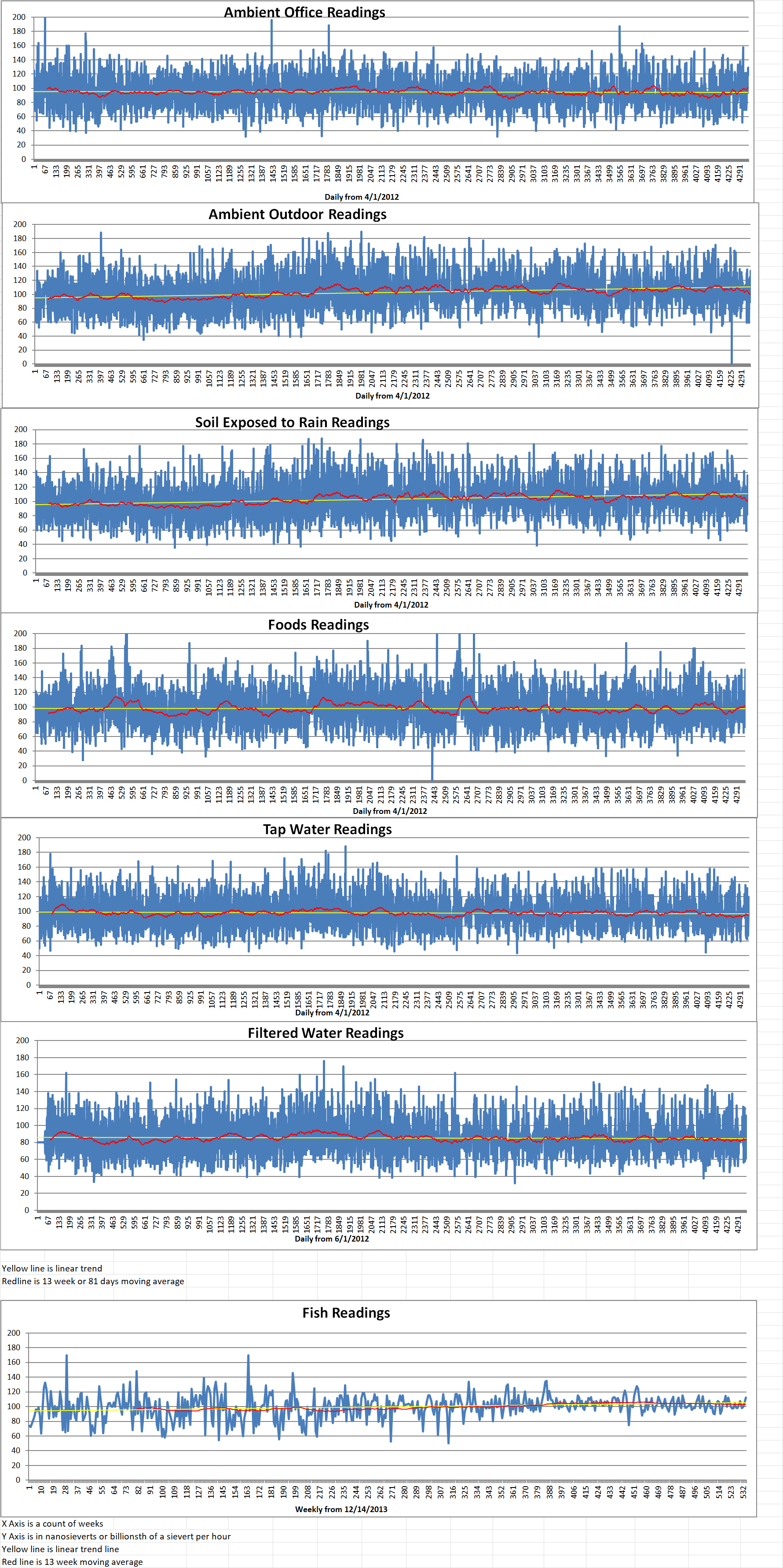
Geiger Readings for Sep 23, 2024
Ambient office = 115 nanosieverts per hour
Ambient outside = 99 nanosieverts per hour
Soil exposed to rain water = 96 nanosieverts per hour
Beefsteak tomato from Central Market = 97 nanosieverts per hour
Tap water = 113 nanosieverts per hour
Filter water = 100 nanosieverts per hour
-
Nuclear News Roundup Sep 22, 2024
No imminent nuclear threat from Russia, says new Nato chief bbc.com
Newcleo focuses on Europe with HQ move from UK to France world-nuclear-news.org
New Chinese nuclear attack submarine sank, U.S. official says cbsnews.com
Australia’s OPAL reactor restarts after upgrade world-nuclear-news.org
-
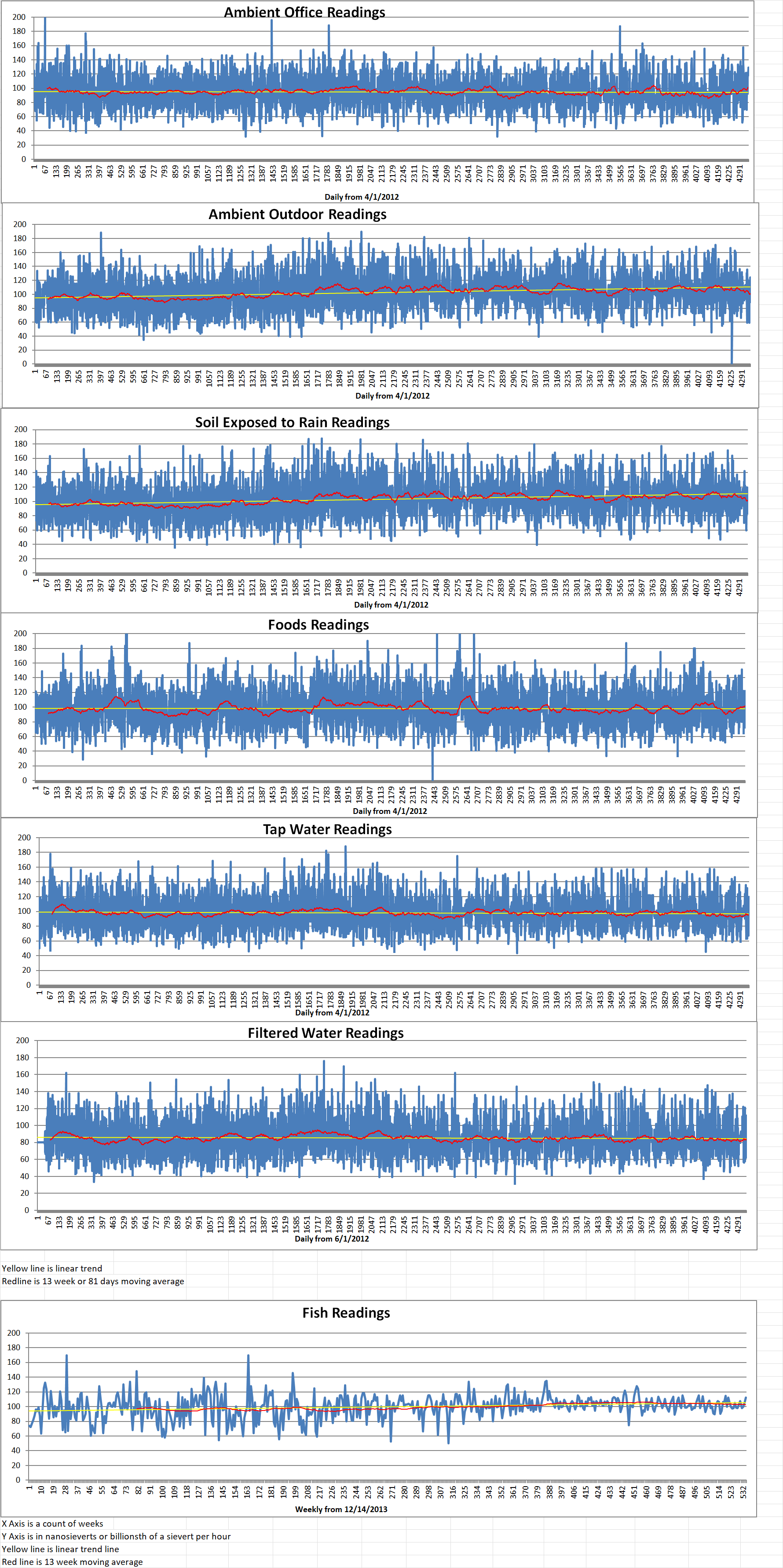
Geiger Readings for Sep 22, 2024
Ambient office = 115 nanosieverts per hour
Ambient outside = 99 nanosieverts per hour
Soil exposed to rain water = 96 nanosieverts per hour
Avocado from Central Market = 97 nanosieverts per hour
Tap water = 113 nanosieverts per hour
Filter water = 100 nanosieverts per hour
-
Nuclear News Roundup Sep 21, 2024
Michigan nuclear plant will restart to deliver new power to rural communities scrippsnews.com
Data center owners turn to nuclear as potential electricity source ajot.com
Muroosystems completes purchase of Nukem Technologies world-nuclear-news.org
Hurricane Helene Floods Closed Duke Nuclear Plant in Florida finance.yahoo.com
-
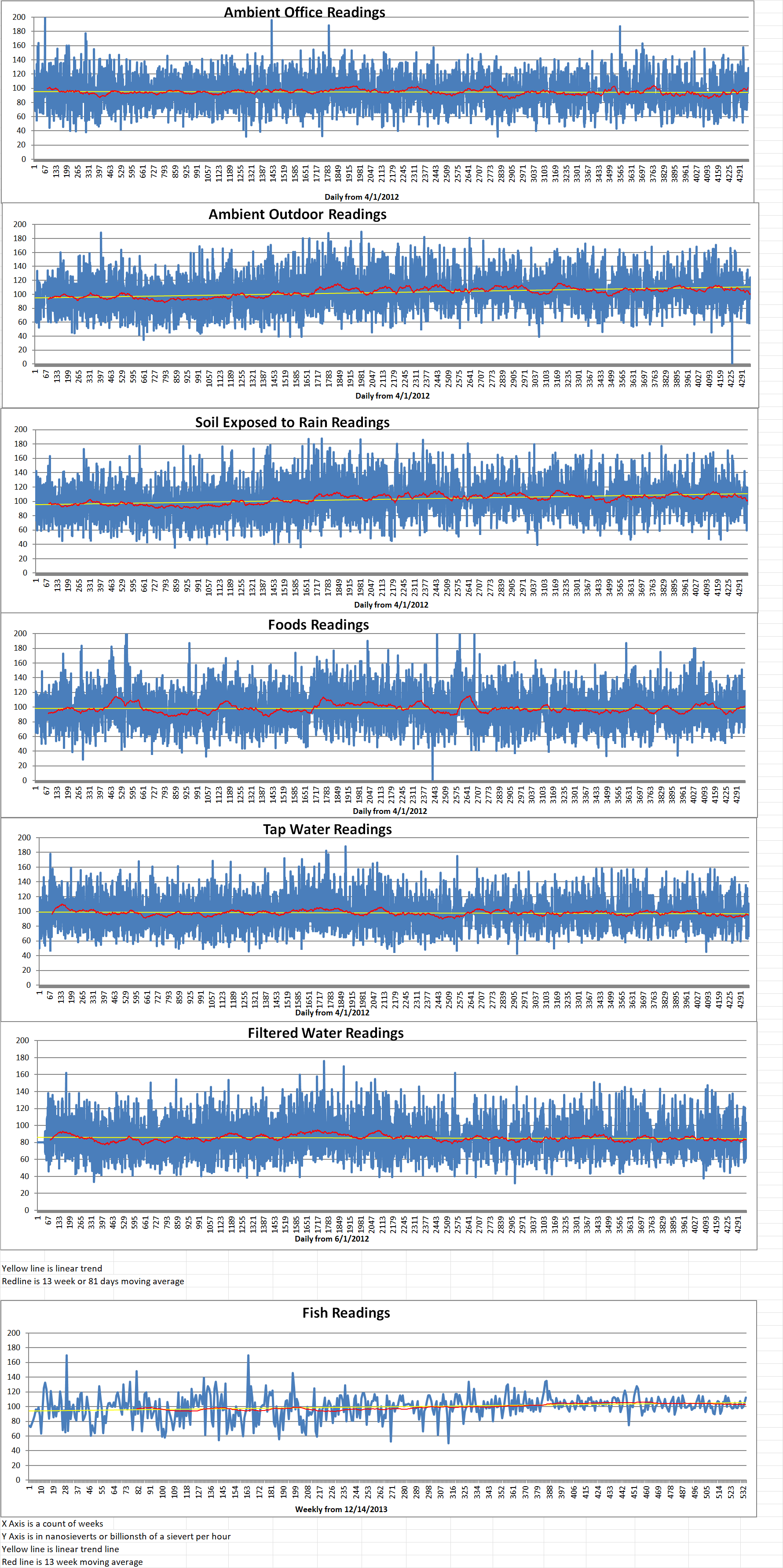
Geiger Readings for Sep 21, 2024
Ambient office = 115 nanosieverts per hour
Ambient outside = 99 nanosieverts per hour
Soil exposed to rain water = 96 nanosieverts per hour
White onion from Central Market = 97 nanosieverts per hour
Tap water = 113 nanosieverts per hour
Filter water = 100 nanosieverts per hour
Dover Sole from Central = 112 nanosieverts per hour
